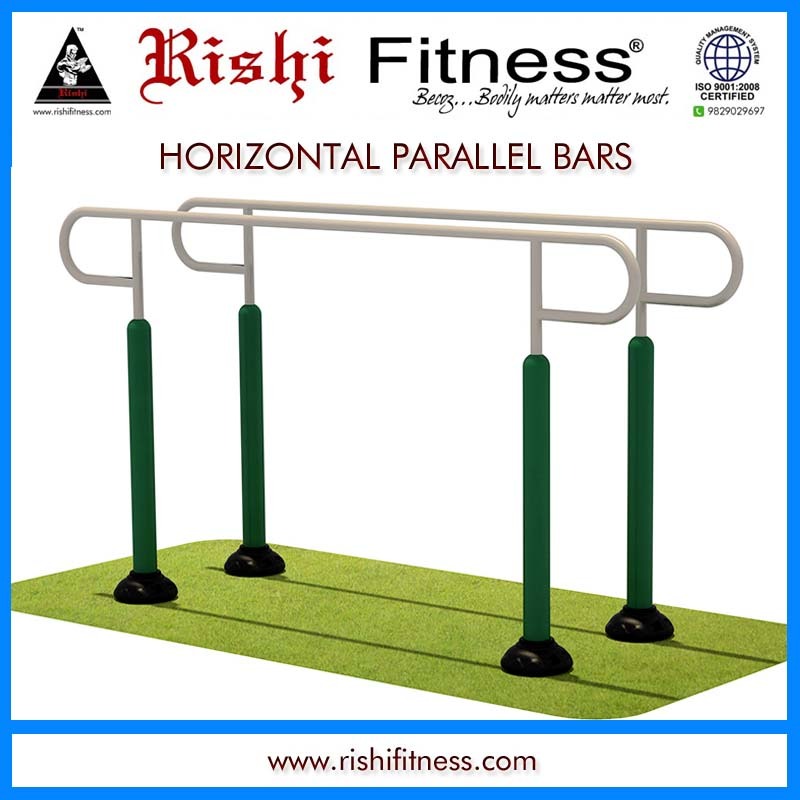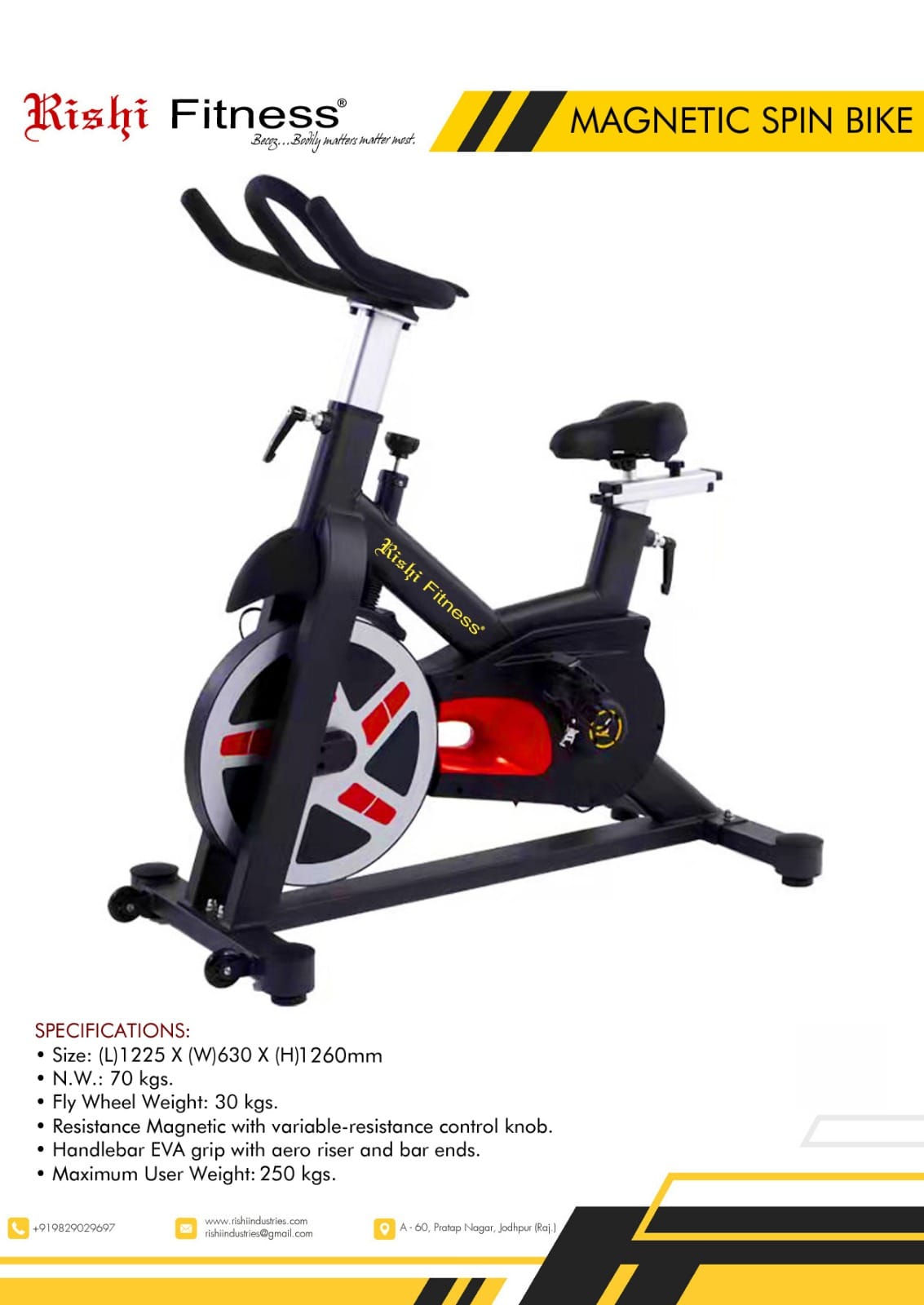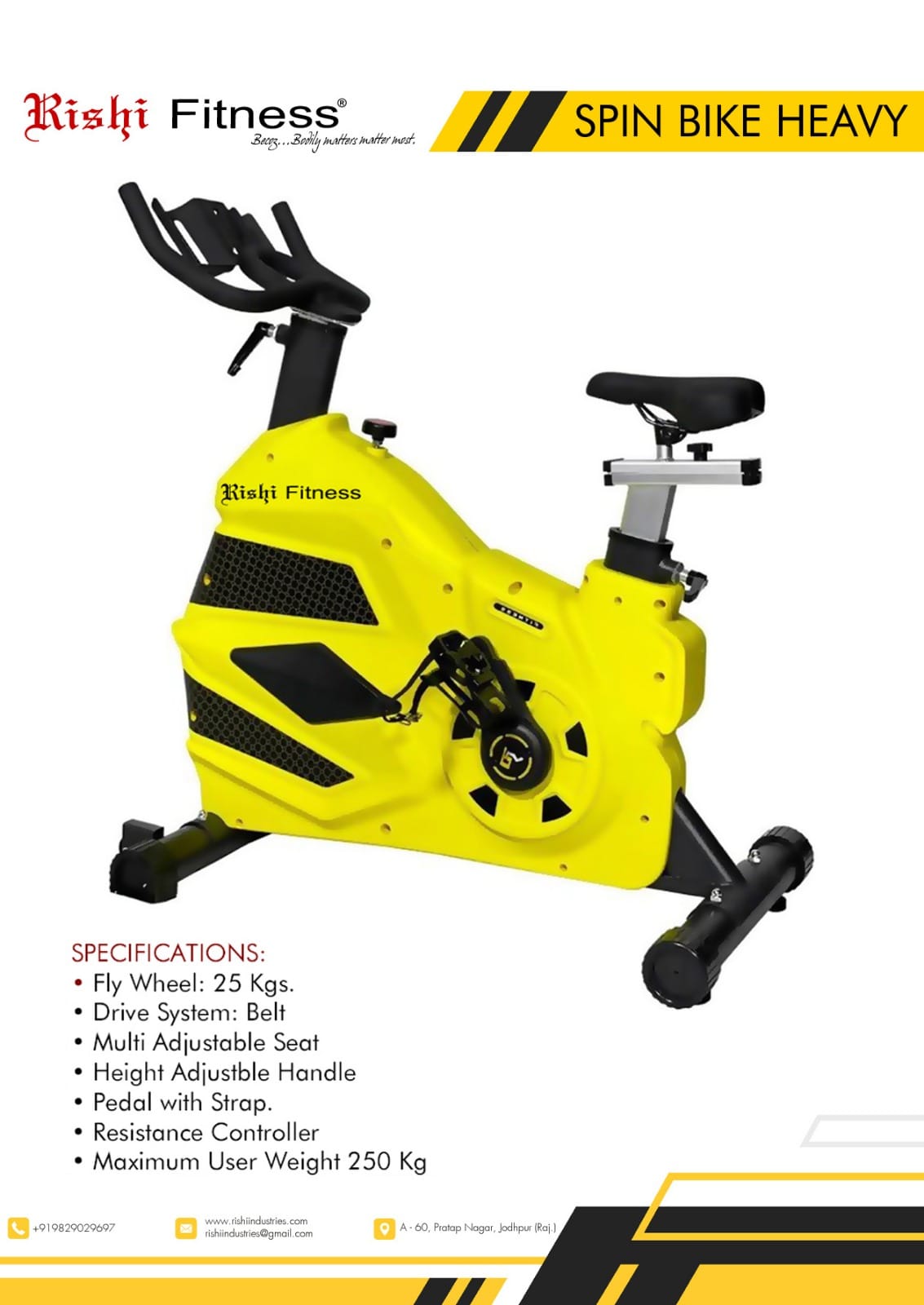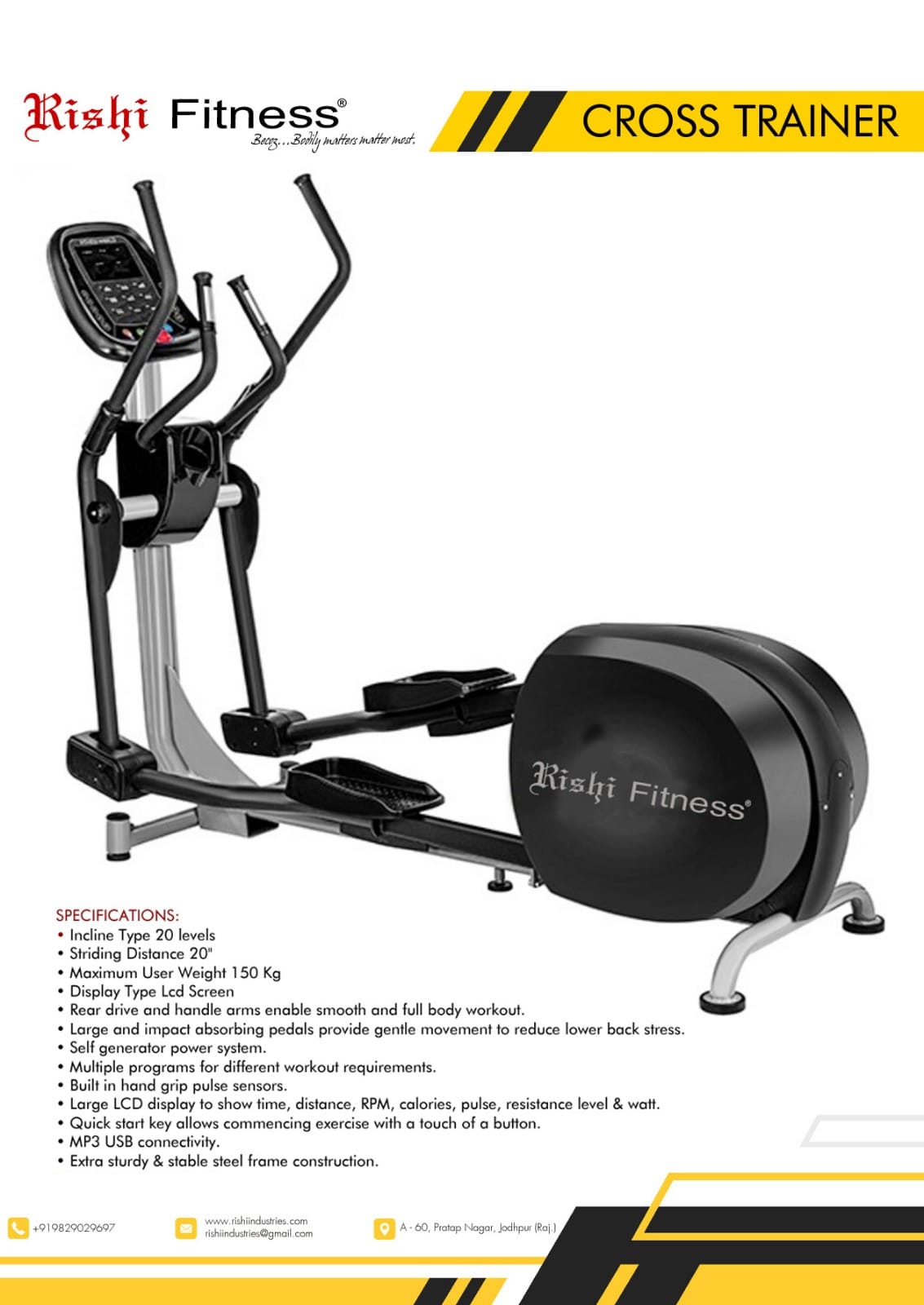Description
Product details
Horizontal Parallel Bars (also known simply as parallel bars) are a piece of gymnastic equipment used in various fitness routines, particularly in gymnastics. These bars are typically set at waist height and are placed parallel to each other, providing a stable surface for performing exercises that challenge balance, strength, and coordination. The parallel bars are used by both men's gymnastics and general fitness enthusiasts, offering a variety of training possibilities. Key Features of Horizontal Parallel Bars: Height and Stability: Horizontal parallel bars are typically set at a height of about waist-level (roughly 1.1 to 1.3 meters for standard apparatus). The bars are placed parallel to each other, ensuring stability and support during exercises like dips, L-sits, and push-ups. The bars are designed to be rigid and non-slip, to ensure safety during exercise. Material: Parallel bars are typically constructed from steel, wood, or aluminum for durability and resistance to wear over time. The grips are sometimes padded with rubber or foam to prevent slipping and increase comfort during use. Adjustability: Some parallel bar systems feature adjustable heights, allowing users to modify the difficulty of the exercises or accommodate different user sizes. This feature is especially useful for both beginners and advanced users. Width Between Bars: The distance between the two bars can vary, but it is typically wide enough to allow the user to move freely between them. This space is designed to allow the user to perform various movements such as dips and L-sits. Portable and Stationary Options: Portable parallel bars are lightweight and can be moved around or stored easily, ideal for home gyms or smaller spaces. Stationary parallel bars are more commonly found in gyms or training facilities and are often bolted to the floor for added stability. Common Exercises on Horizontal Parallel Bars: Dips: One of the most popular exercises performed on parallel bars. Dips primarily target the triceps, chest, and shoulders. To perform a dip, the user lowers their body between the bars by bending their elbows, then pushes themselves back up to the starting position. L-Sit: The L-sit is an advanced exercise where the user sits on the bars, lifts their legs straight out in front of them, and holds the position. This move engages the core, hip flexors, and shoulders while building strength and balance. Push-Ups: Performing push-ups on parallel bars allows for a greater range of motion than traditional push-ups on the ground, providing a deeper stretch in the chest and shoulders. The bars provide added support and stability for more challenging push-up variations. Swinging: Some gymnasts or fitness enthusiasts use parallel bars to practice swinging techniques, where the body moves forward and backward, engaging the core and upper body muscles. Handstands: Parallel bars can be used for handstand practice, either as a form of balance training or to develop strength in the shoulders, arms, and core. Handstand push-ups can also be performed on the bars, making the exercise more challenging. Support Holds: A beginner-friendly exercise where the user holds themselves up on the bars with arms fully extended. This helps improve grip strength and shoulder stability. Leg Raises: While hanging from the bars, users can perform leg raises, engaging the lower abs and hip flexors. This exercise can be done with legs straight or bent, depending on the level of difficulty. Knee Tucks: A variation of leg raises where the user pulls their knees towards their chest while hanging, targeting the core and hip flexors. Benefits of Using Horizontal Parallel Bars: Upper Body Strength: Exercises like dips, push-ups, and handstands on parallel bars help build significant upper body strength, particularly in the arms, shoulders, and chest. Core Engagement: Many exercises performed on the parallel bars, such as L-sits and leg raises, engage the core, improving abdominal strength, balance, and stability. Flexibility and Mobility: Parallel bars can be used for stretching and mobility exercises, particularly for the shoulders, chest, and legs, increasing flexibility. Balance and Coordination: The use of parallel bars requires a certain level of balance and coordination, helping to improve your body control and spatial awareness. Increased Grip Strength: Since many of the exercises on parallel bars involve gripping, your grip strength naturally improves over time, benefiting other types of strength training and physical activities. Muscle Definition: Regular use of parallel bars helps to target multiple muscle groups, leading to muscle definition and toning, particularly in the arms, shoulders, chest, and core. Applications of Horizontal Parallel Bars: Gymnastics: Horizontal parallel bars are a fundamental piece of equipment in gymnastics training, where they are used in routines to develop strength, flexibility.






